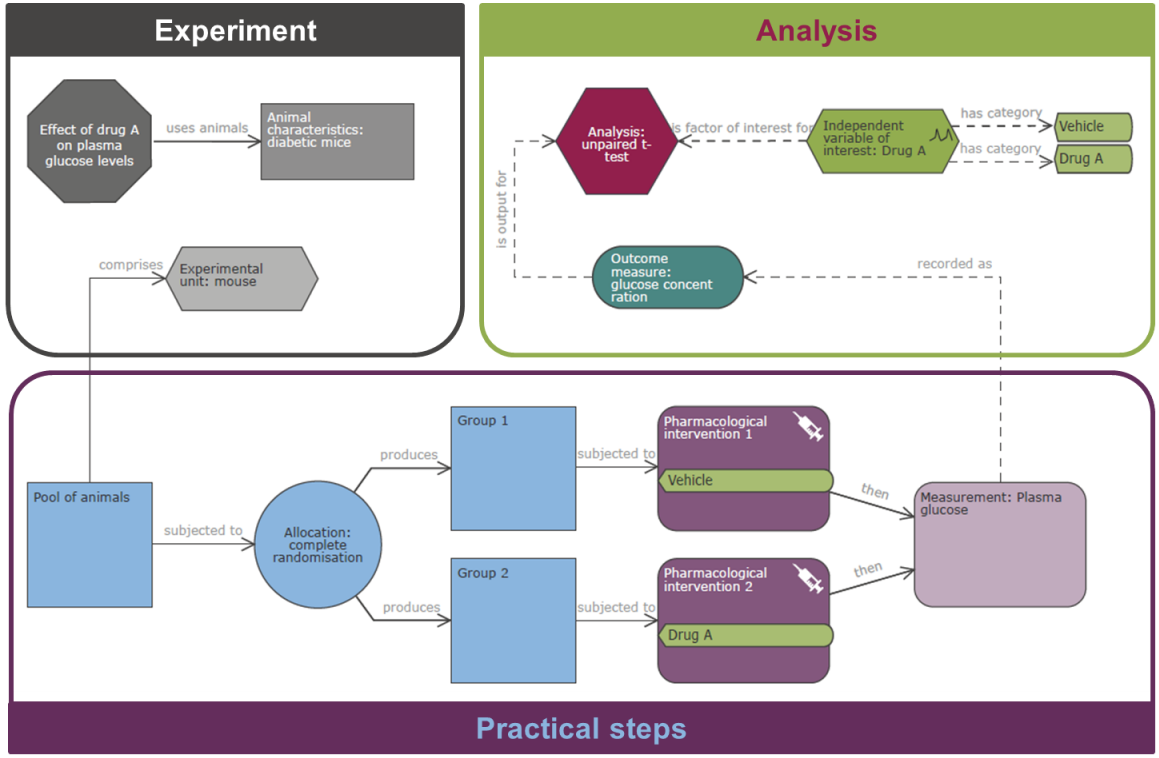Improving the design of animal experiments: Introducing the Experimental Design Assistant (EDA)
Posted by Nathalie Percie du Sert, on 7 June 2016
This post was originally published as a Newsletter article from ShARM (Shared Ageing Research Models)
Scientists using animals in research have a responsibility to ensure that the studies are appropriately designed, conducted, analysed and reported so that they impartially and robustly answer the question they are intended to, and truly add to the knowledge base. Unfortunately there is a large body of evidence, including from the NC3Rs, to show that many animal studies are flawed and that this has significant implications in terms of reproducibility and the translation of findings into potential clinical benefits.
At the NC3Rs we have developed a new exciting online tool which is designed to tackle the problem – the Experimental Design Assistant (EDA).

The EDA is an online resource to help researchers improve the design and analysis of animal experiments. It complements the ARRIVE guidelines for reporting animal research and was developed in collaboration with an expert working group of in vivo scientists and statisticians from academia and industry, and Certus Technology, a team of software designers specialised in innovative software for the life sciences.
The resource is aimed at scientists who use animals in their research. Benefits include advice and feedback on the experimental plans, along with a range of functionalities providing support with the randomisation and blinding of the experiment, as well as sample size calculation. It equips researchers with practical information and knowledge, allowing them to determine the most efficient design for their experiment and understand the implications of choosing a particular design.
A central feature of the EDA is the use of a formal, diagrammatic notation to describe experimental plans and analyses. This is an approach that has been adopted by many technical disciplines to improve communications. It allows the design of an experiment to be recorded clearly and unambiguously and EDA diagrams help convey experimental plans efficiently.
The EDA is not designed to replace specialist statistical advice. For researchers who have limited access to statistical support, the feedback and advice provided by the system will be particularly pertinent, as it will provide users with information, which is specific to the experiment they are planning. For all scientists involved in the research process, the EDA is also extremely useful as a communication tool, for example, between students and their supervisors, or with colleagues and collaborators. These visual representations are far more explicit than the cursory text description traditionally included in grant applications, ethical review submissions or journal publications. Our goal is to integrate the EDA into the scientific process to facilitate better peer review of experimental plans.
We look forward to hearing what you think about the EDA. The feedback has been fantastic but this is a very new and novel system, which has to evolve according to the needs of the research community. Please contact us at eda@nc3rs.org.uk, your feedback will help us ensure that the system improves and evolves according to your needs.


 (3 votes)
(3 votes)